Possible meteorite splashes down in British Columbia pool
Friday, 09 June 2023 06:47 A British Columbia man said he is trying to determine whether an object that splashed down in his backyard pool was a meteorite.
Justin Broad said he was outside his home in Delta earlier this week when something fell from above and splashed into his pool.
He said the object, which he suspects may have been a meteorite, was slightly disintegrating in the water.
"It didn't cloud
A British Columbia man said he is trying to determine whether an object that splashed down in his backyard pool was a meteorite.
Justin Broad said he was outside his home in Delta earlier this week when something fell from above and splashed into his pool.
He said the object, which he suspects may have been a meteorite, was slightly disintegrating in the water.
"It didn't cloud Satnav from Earth to the Moon
Friday, 09 June 2023 06:45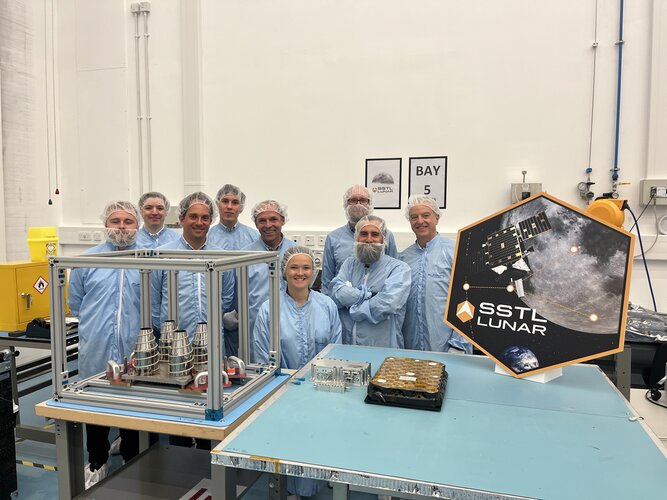 Image:
Satnav from Earth to the Moon
Image:
Satnav from Earth to the Moon 25 years of Copernicus
Friday, 09 June 2023 06:00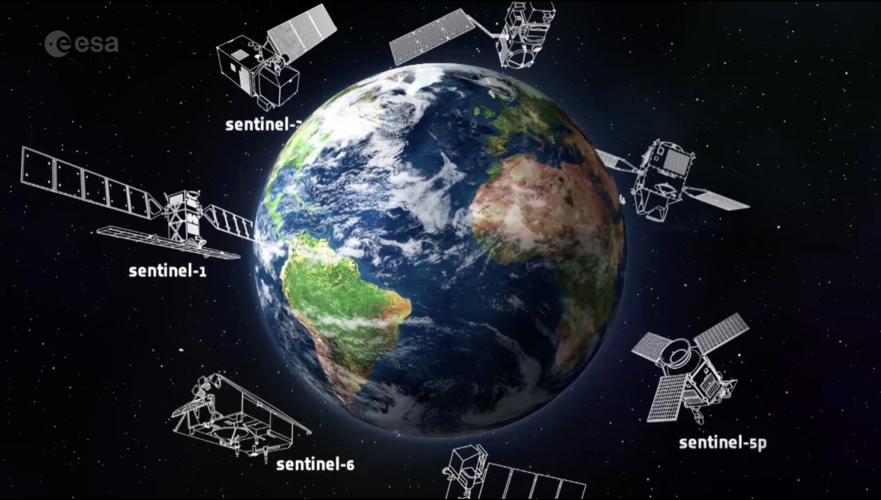 Video:
00:05:05
Video:
00:05:05
25 years ago, Copernicus set out to transform the way we see our planet. It is the largest environmental monitoring programme in the world. Learn more about the Copernicus programme and the Sentinel satellite missions developed by ESA.
2022 Astronaut candidates during training in the NBF
Friday, 09 June 2023 06:00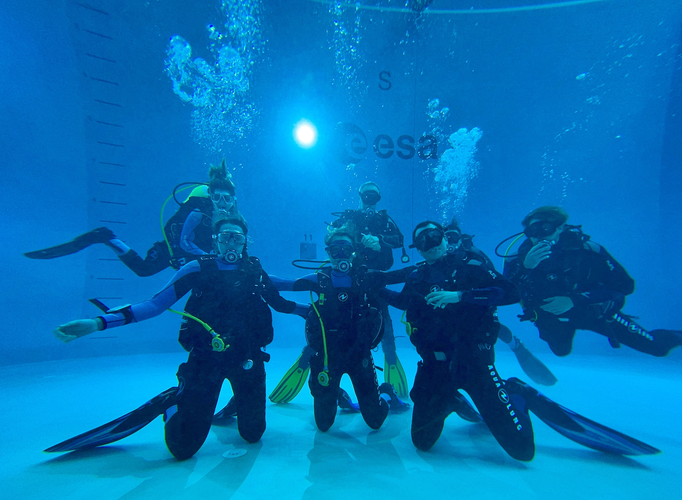 Image:
from left to right in front: Rosemary Coogan, Sophie Adenot and Raphaël Liégeois
Image:
from left to right in front: Rosemary Coogan, Sophie Adenot and Raphaël Liégeois Video shows Astroscale’s plan to deorbit multiple satellites
Friday, 09 June 2023 03:17
In 2025, Astroscale plans to send ELSA-M into very low Earth orbit for commissioning.
The post Video shows Astroscale’s plan to deorbit multiple satellites appeared first on SpaceNews.
GAO flags concerns about Space Force satellite procurements
Thursday, 08 June 2023 21:09
The Government Accountability Office in its annual assessment of Pentagon procurements provided an update on the Space Force’s satellite programs and found a few red flags.
Nelco invests in router maker to improve Indian satcoms network
Thursday, 08 June 2023 20:16
Indian satellite communications provider Nelco has invested around $122 million in a network equipment startup based in Mumbai, India, to bolster its services amid a growing competitive threat from international players.
Space Force assigns 12 national security missions to SpaceX and ULA
Thursday, 08 June 2023 19:52
The U.S. Space Force launch procurement office on June 8 announced an additional 12 missions assigned to SpaceX and United Launch Alliance under the National Security Space Launch Phase 2 contract.
How and why NASA gives a name to every spot it studies on Mars
Thursday, 08 June 2023 19:44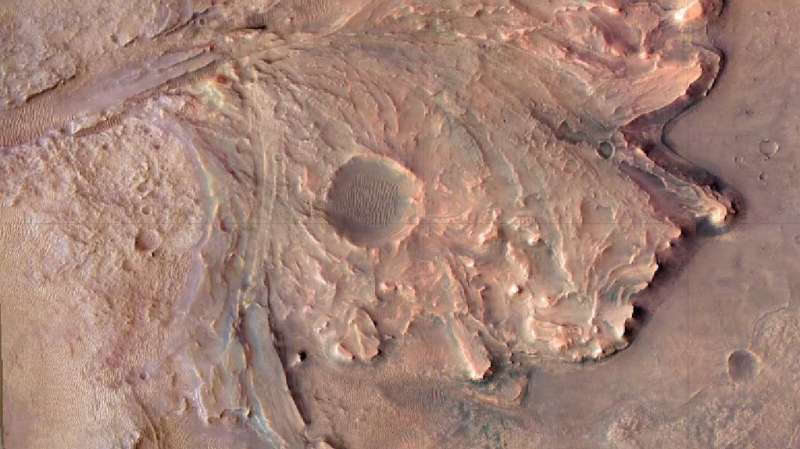
Martian maps are full of monikers recognizing places on Earth, explorers, and even cartoon characters.
NASA's Perseverance rover is currently investigating rock outcrops alongside the rim of Mars's Belva Crater. Some 2,300 miles (3,700 kilometers) away, NASA's Curiosity rover recently drilled a sample at a location called "Ubajara." The crater bears an official name; the drill location is identified by a nickname, hence the quotation marks.
Both names are among thousands applied by NASA missions not just to craters and hills, but also to every boulder, pebble, and rock surface they study.
Firefly Aerospace acquires Spaceflight Inc.
Thursday, 08 June 2023 16:52
Firefly Aerospace announced June 8 it has acquired Spaceflight Inc.
Ariane 6 joint update report, 8 June 2023
Thursday, 08 June 2023 15:45
As anticipated in May, here is an update of the progress being made towards inaugural flight of the new Ariane 6 launcher.
The next update is expected end July.
Frequent lengthy space travel takes a toll on astronauts' brains, study shows
Thursday, 08 June 2023 14:00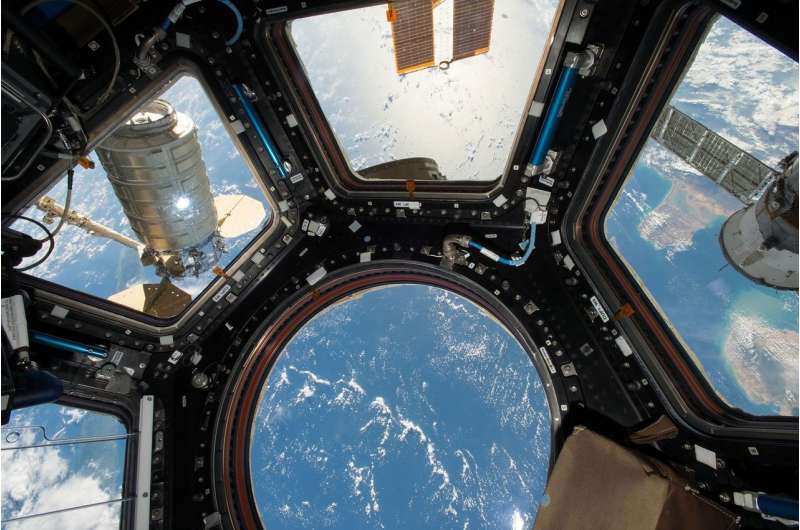
As we enter a new era in space travel, a study looking at how the human brain reacts to traveling outside Earth's gravity suggests frequent flyers should wait three years after longer missions to allow the physiological changes in their brains to reset.
Researchers studied brain scans of 30 astronauts from before and after space travel. Their findings, reported in Scientific Reports, reveal that the brain's ventricles expand significantly in those who completed longer missions of at least six months, and that less than three years may not provide enough time for the ventricles to fully recover.
Ventricles are cavities in the brain filled with cerebrospinal fluid, which provides protection, nourishment and waste removal to the brain. Mechanisms in the human body effectively distribute fluids throughout the body, but in the absence of gravity, the fluid shifts upward, pushing the brain higher within the skull and causing the ventricles to expand.
"We found that the more time people spent in space, the larger their ventricles became," said Rachael Seidler, a professor of applied physiology and kinesiology at the University of Florida and an author of the study.
SAIC to develop ‘software factory’ for Space Development Agency
Thursday, 08 June 2023 13:46
The Space Development Agency awarded a $64 million contract to Science Applications International Corp.
Hydrosat acquires IrriWatch
Thursday, 08 June 2023 11:38
IrriWatch, founded in 2019 by Wim Bastiaanssen, an expert on remote sensing and water resource management, feeds imagery and data, much of it provided by thermal sensors on government satellites, into proprietary algorithms to gauge leaf and soil temperatures, soil moisture content, water consumption and agricultural production.


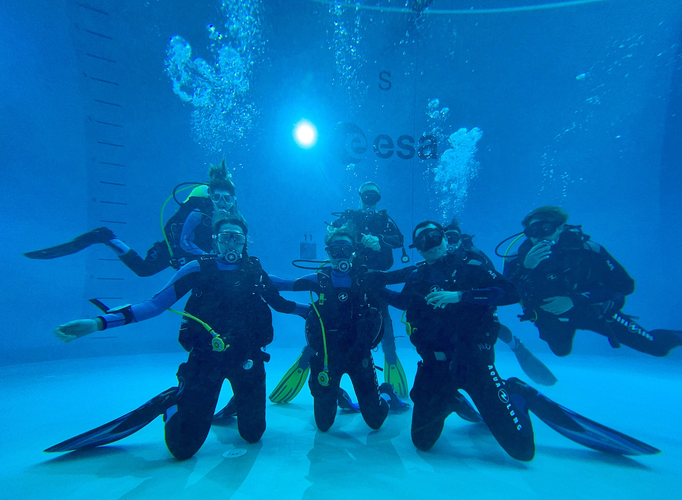 Image:
Diving into practice
Image:
Diving into practice